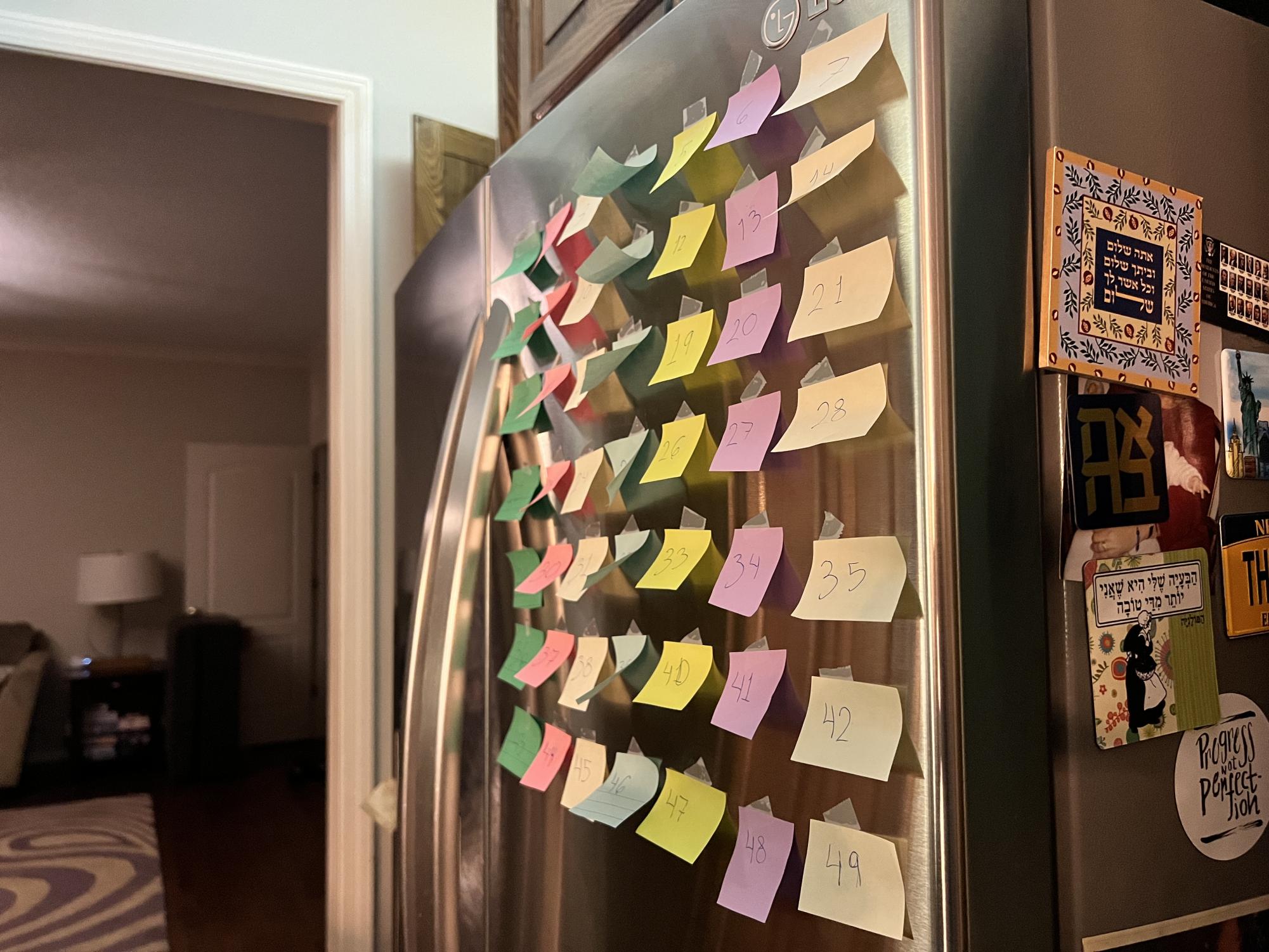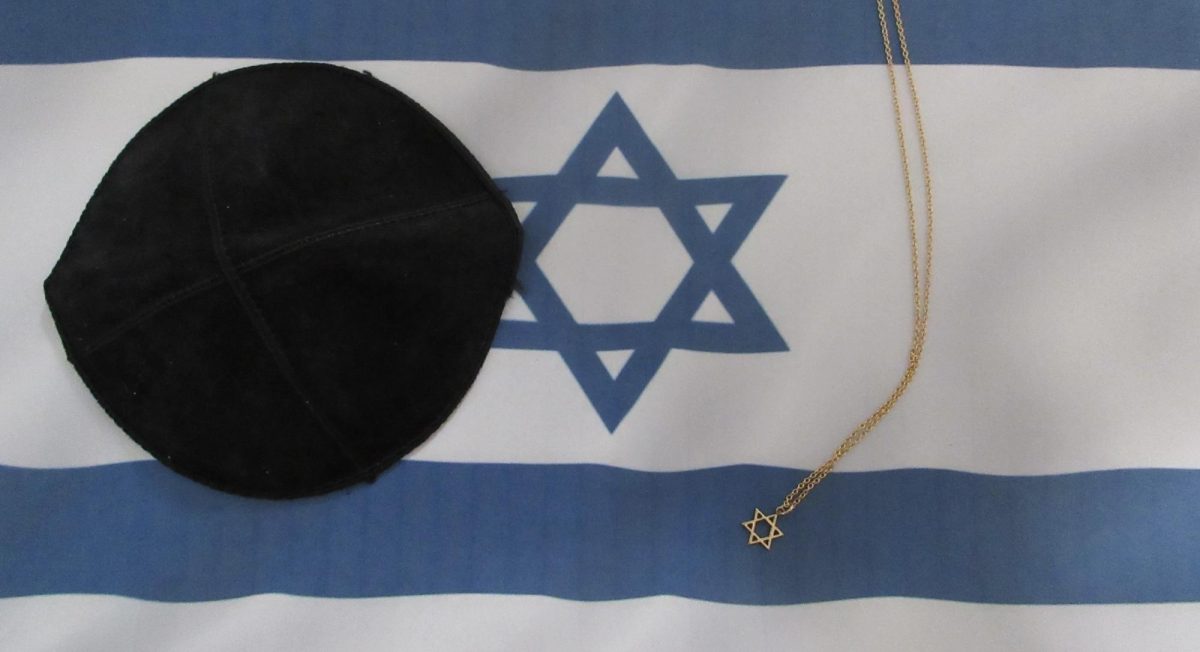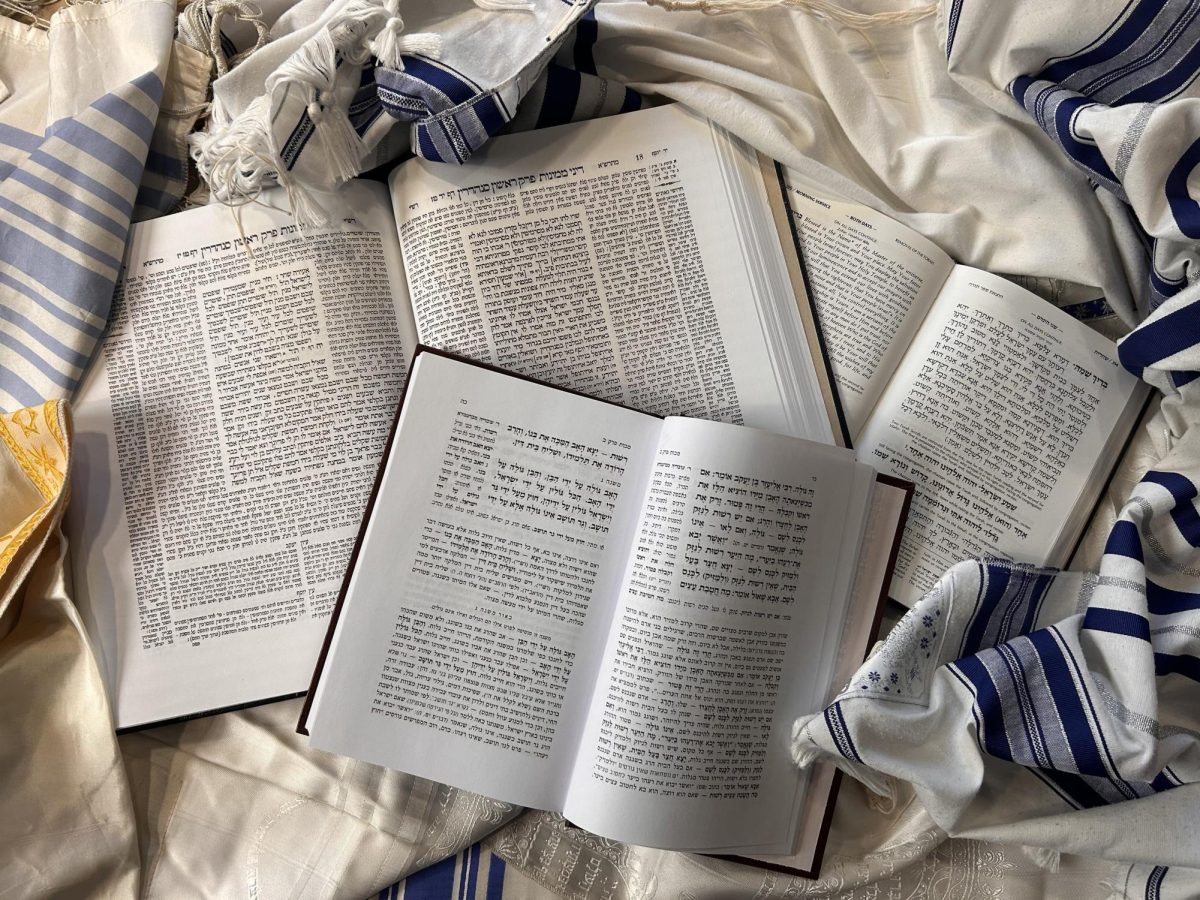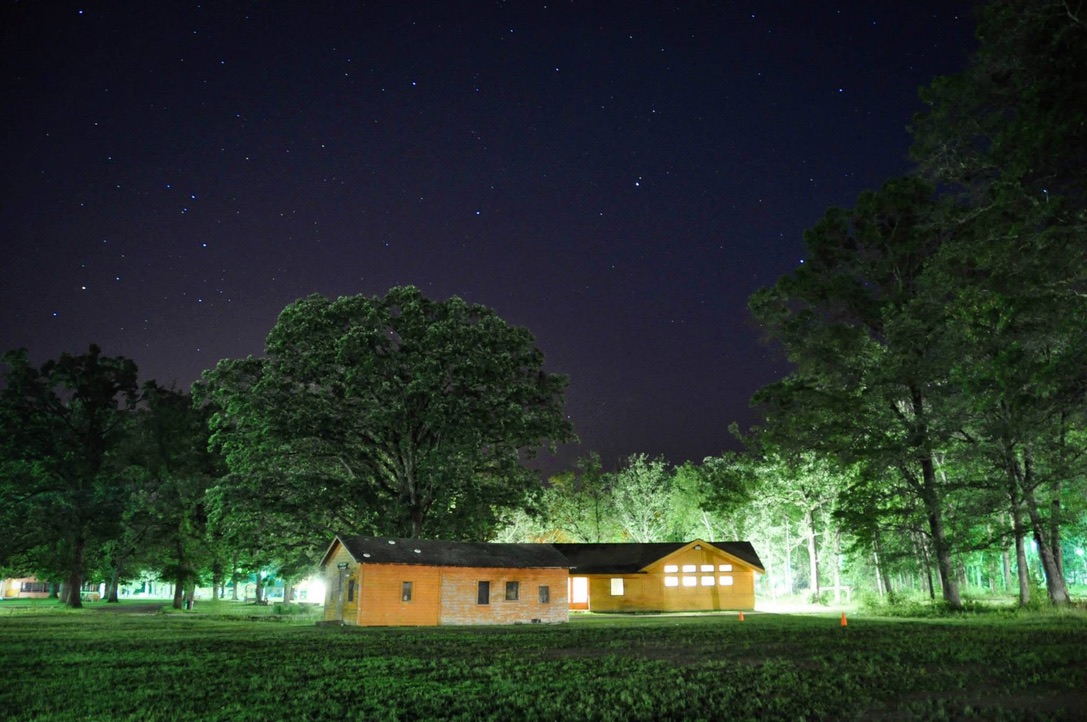Calling all competitive people! If you hopped on the 75 Hard trend and are looking for a new challenge, this article is for you! The next extreme challenge that is all the rage now is “49 Hard: Omer Edition.”
This challenge dates so far back that it was written in the Torah. Leviticus 23:15 says,
“וּסְפַרְתֶּ֤ם לָכֶם֙ מִמׇּחֳרַ֣ת הַשַּׁבָּ֔ת מִיּוֹם֙ הֲבִ֣יאֲכֶ֔ם אֶת־עֹ֖מֶר הַתְּנוּפָ֑ה שֶׁ֥בַע שַׁבָּת֖וֹת תְּמִימֹ֥ת תִּהְיֶֽינָה” [“You shall count for yourselves, from the day after the day of rest (Pesach), from the day on which you will bring the omer wave-offering, seven complete weeks they shall be”].
This verse refers to the Omer (wheat and/or barley) that required collection each week during the time of the Beit Hamikdash to give to the Cohen Hagadol at the end of the forty-nine-day period for the sacrifice. While we are not currently living in a time when it is commanded to make sacrifices, we observe this commandment by counting the days leading up to Shavuot.
“In Judaism, we have a time period, not of counting down, but of counting up,” said Rabbi Talia Kaplan, assistant Rabbi at Congregation Beth Shalom in Overland Park, Ks.
Rabbi Kaplan states that the spiritual aspects of the Sefirat HaOmer are directly related to the journey we go through each year from Passover to Shavuot. “Spiritually, we’re counting up from liberation to revelation,” Rabbi Kaplan said; “The Omer offers us 49 days of spiritual reflection and practice, and counting and yearning towards this experience of revelation at Sinai.”
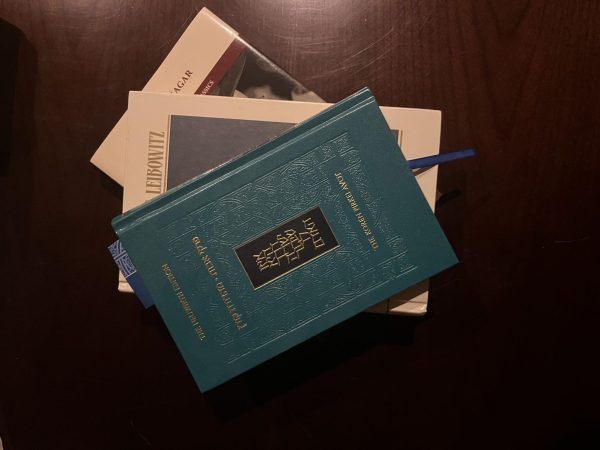

This counting challenge has evolved into many different practices as well. While counting is the step to taking on this challenge, the most important part of the Omer is that it is a time for spiritual growth and mindfulness, and this manifests itself in some interesting practices, many of which are kabbalistically or mystically rooted.
The main Kabbalistic belief of Sefirat HaOmer to bring a deeper connection to spirituality during this time of growth between liberation to liberation is the “49 Aspects of Human Relation” (Chabad.org). These attributes can be understood as follows:
(Chesed) Love/Kindness
(Gevurah) Justice/Discipline
(Tiferet) Harmony/Compassion
(Netzach) Endurance
(Hod) Humility
(Yesod) Bonding
(Malchut) Sovereignty/leadership.

For each of these attributes, there is one day of each week dedicated to them, and each week has a theme centered around each attribute. For example, the first day of the Omer was the day of Chesed of the week of Chesed.
The counting of the Omer is observed at Hyman Brand Hebrew Academy in a variety of ways. The first and main observance occurs in the mechitza minyan, counting each morning. While you are not able to count the Omer with the blessing in the morning, you are still obligated to count.
HBHA additionally observes some of the mourning traditions of the Omer, which observes the death of 24,000 students of Rabbi Akiva. Some of these customs include not buying new clothing, not playing live music, and other customs that avoid any activities that are not in the spirit of the Omer.
One example of this at HBHA is at the graduation ceremony, to be respectful of those who oblige by these mitzvot, there is no live music at HBHA’s graduation.
On Lag Ba’Omker (33rd day of the Omer), Rabbi Akiva’s students stopped dying, and HBHA celebrated this day with a field day.
This mindfulness sets a standard to which we should aspire during this special time. Like “75 Hard,” “49 Hard” is a time of self-growth in more ways than one. Although the 75-day fitness challenge is mainly centered around physical changes, the 49-day period between Passover and Shavuot is a challenge focused on spiritual growth and mindfulness.

